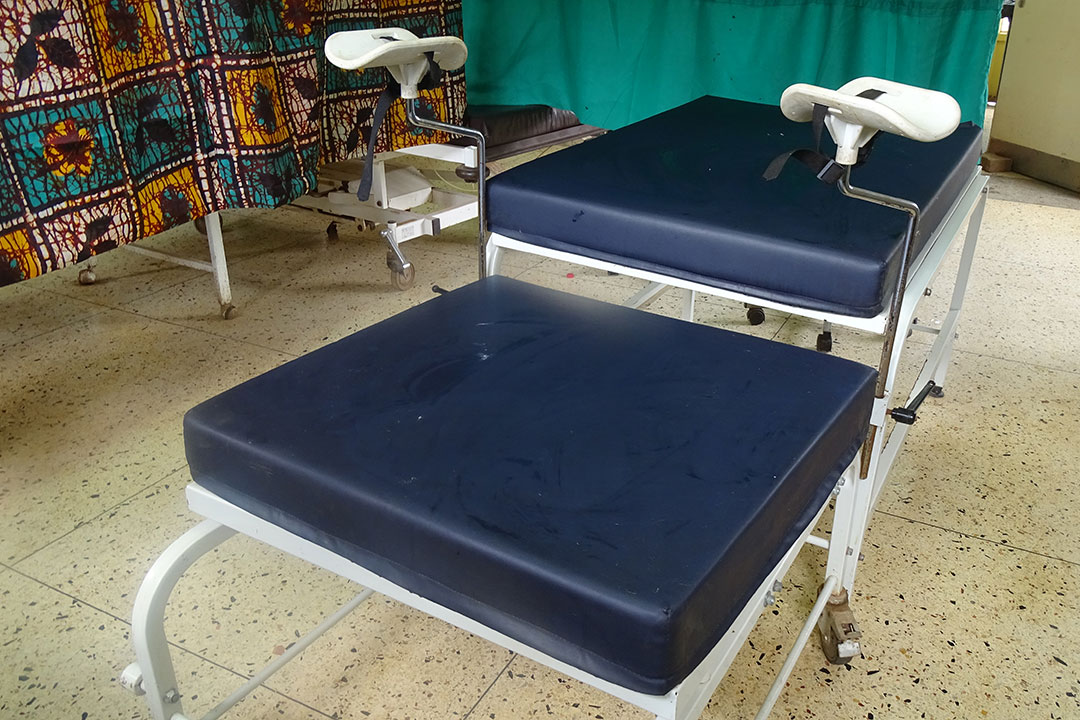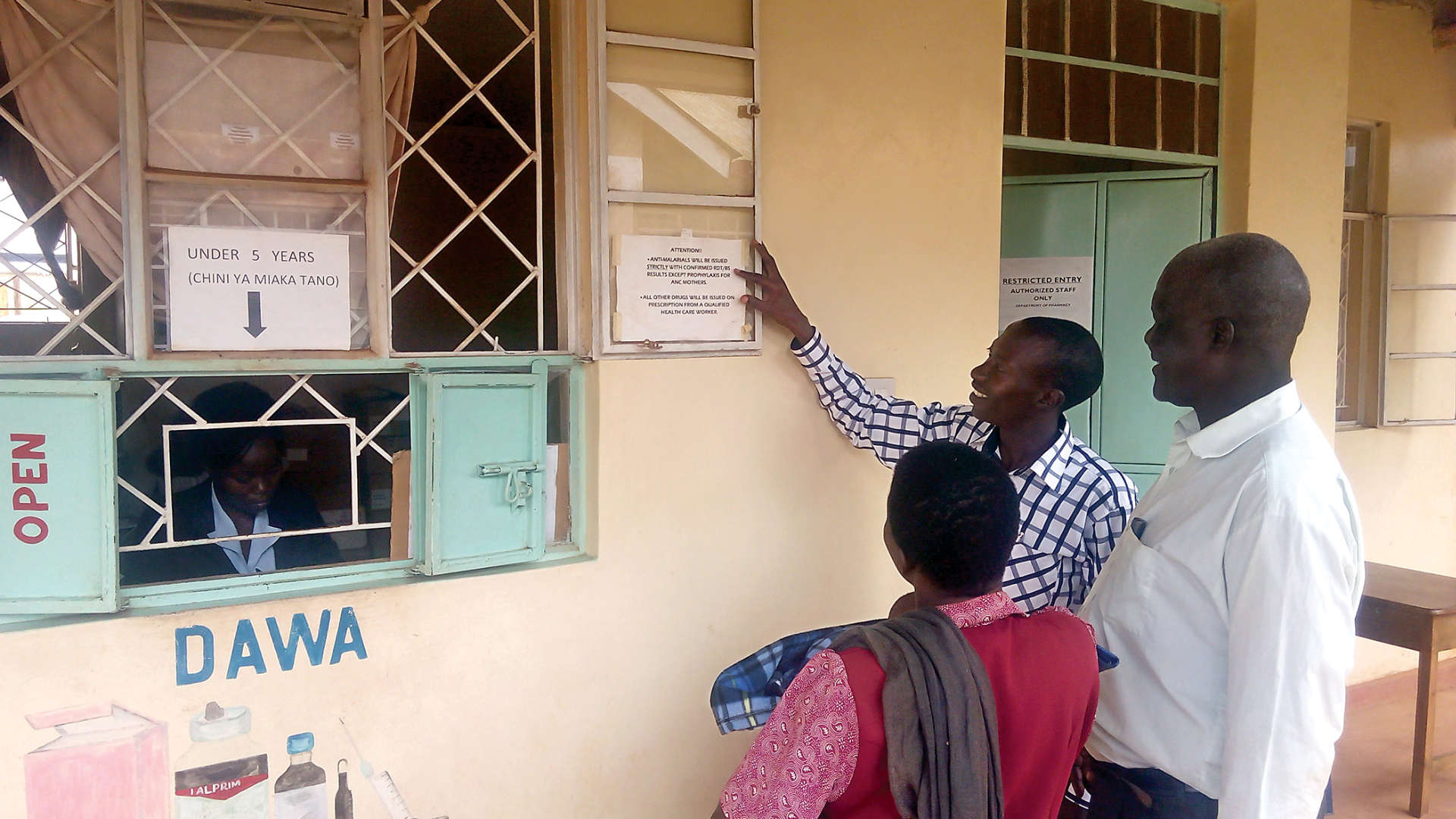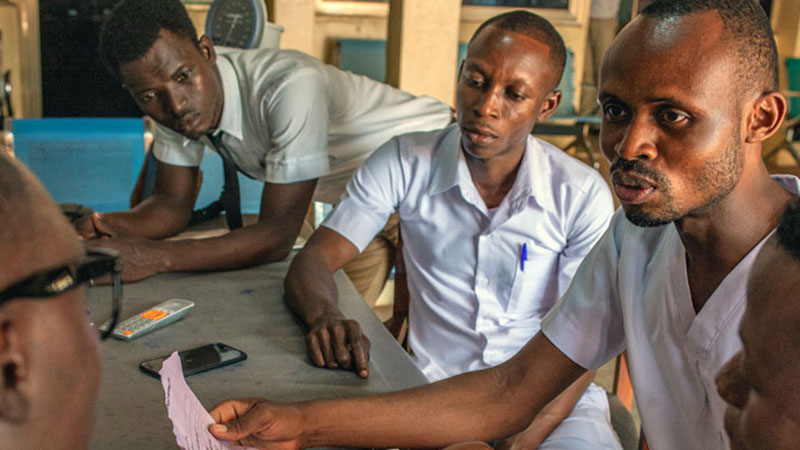
Vineeta Gupta
Senior Technical Advisor, Reproductive, Maternal, Newborn and Child Health (RMNCH)
Eighteen years ago, I saw a mother die. I’ll never forget her last words, which she said with tears streaming down her cheeks: “Is my baby OK?” At the time, I led the postpartum department in a district hospital in Punjab, a north Indian state. I was called to attend the pregnant woman admitted to the emergency room. I couldn’t save her or her baby.
Several factors led to her death, both inside and outside the facility. It is our responsibility to learn from each missed opportunity to save a mother and prevent future deaths.
Approximately 830 women die every day from preventable causes related to pregnancy and childbirth, according to the World Health Organization (WHO). Ninety-nine percent of these deaths occur in developing countries.
The Sustainable Development Goals call for reducing the global maternal mortality ratio to fewer than 70 per 100,000 live births by 2030. The global maternity mortality rate was 216 deaths per 100,000 live births in 2015.
How do we make a difference?
Learn Important Lessons from Maternal Deaths
Health care providers don’t forget the tragic moments when mothers die. But providers are not always able to learn the lessons they should from these experiences.
One strategy to improve learning is implementation of Maternal Death Surveillance and Response (MDSR), a crucial framework and cycle of notification, review, analysis, and response. MDSR seeks to decrease preventable maternal mortality by involving all stakeholders in the process of identifying deaths, understanding why the mother died, and taking action to prevent similar deaths in the future.
A non-punitive approach – no blame no shame – is crucial for MDSR to work. Out of real or perceived fear of punishment, facility-level factors are often downplayed with the focus shifted to community-related causes of maternal death.
The success of MDSR lies in the capacity of the facility to document quality information around the cause of death. The untapped potential of facility staff in reducing maternal deaths can be unlocked by ensuring there are no real or perceived punitive consequences to accurately documenting the circumstances of a maternal death. By providing resources and tools to strengthen institutional capacity to carry out the MDSR, maternal lives can be saved.
URC Project Approaches to Maternal Care Quality Improvement
The URC-led USAID Systems for Health project is working to end preventable maternal and child deaths in Ghana, where more than 300 women die per 100,000 live births, significantly more than the Millennium Development goal of 190 deaths.
A key Systems for Health tactic is working with the Ghana Health Service to integrate quality assurance and quality improvement measures to improve service delivery. The project is coaching teams to implement MDSR with a quality improvement approach to address the barriers to its success. One of its MDSR quality improvement efforts is improving the effectiveness of recommendations that aim to prevent maternal deaths.
Similarly, the URC-led USAID Regional Health Integration to Enhance Services in East Central Uganda project has supported MDSR capacity building. Sara Riese, URC’s Senior Technical Advisor, Implementation Research and RMNCH, said, “during my last visit to Uganda, the midwives shared that the training helped them to understand the non-punitive approach to MDSR and its importance for developing effective recommendations towards decreasing maternal death.”
Although these efforts are in the early stages, we at URC are committed to advancing the science supporting MDSR and, ultimately, reducing the burden of preventable maternal deaths in the developing world. We all have a role to play in decreasing the incidence of preventable maternal deaths.



